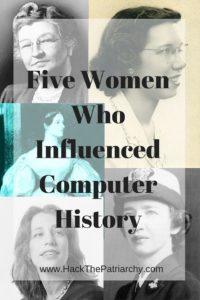Blog, Community
Inclusive entrepreneurship is one of the White House’s goals to make technology and tech start ups more diverse, inclusive, and transparent. With an eye toward hiring practices that reflect the American population, thirty companies signed the White House Tech Inclusion Pledge to increase and track diversity and inclusion in their workforces.The pledge called for companies to set workforce diversity goals and then track and publish the results, as well as to invest in partnerships that will allow diverse talent to be recognized and supported. Innovation and entrepreneurship can be used as tools to create a more equitable, secure, and globally connected world.
A report sponsored by Intel and Dahlberg Global Development Advisors estimates that $470 to $570 billion in new value for the US technology sector could be generated if the tech industry embraced American gender and ethnic diversity. The United State of Women is another summit sponsored by the White House designed to address issues that impact women’s ability to succeed. Their entrepreneurship and innovation goals address the need for equity in access to capital and market share, and methods include training programs, increased access to credit and federal contracting for women-owned business, and participation in global entrepreneurship initiatives.
Laura Weidman Powers, co-founder of CODE2040, a company founded to address the diversity gap in the tech industry, is currently a senior policy advisor to US Chief Technology officer Megan Smith. CODE2040 is implementing a number of hiring support programs for minorities, such as sponsoring internships and their new Entrepreneur in Residence program. CODE2040’s goal is to provide leadership and opportunity for underrepresented minorities in the innovation economy.
At the first White House sponsored South by South Lawn: A Festival of Ideas, Art, and Action, Stewart Butterfield, cofounder of Slack, proposed that companies start a vigorous diversity and inclusion hiring plan when they are small, so they can work through problems and develop systems. While the bottom line may be impacted by diverse hiring practices, Butterfield says, “that’s not why we do it. Tech lives inside a society with systemic racism.”

 Women have played an important role in the world of computers from the beginning.
Women have played an important role in the world of computers from the beginning.